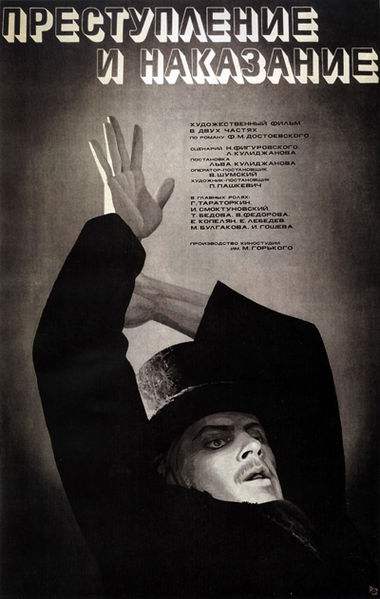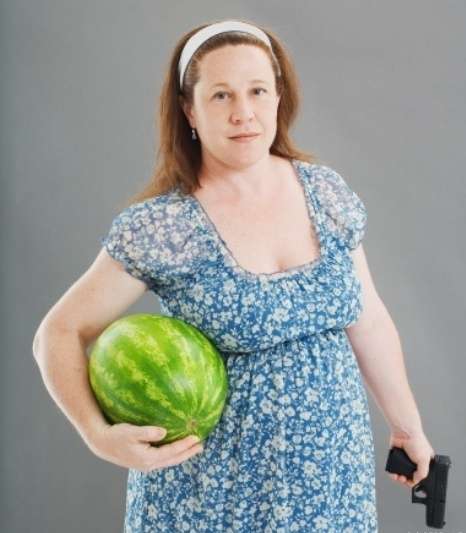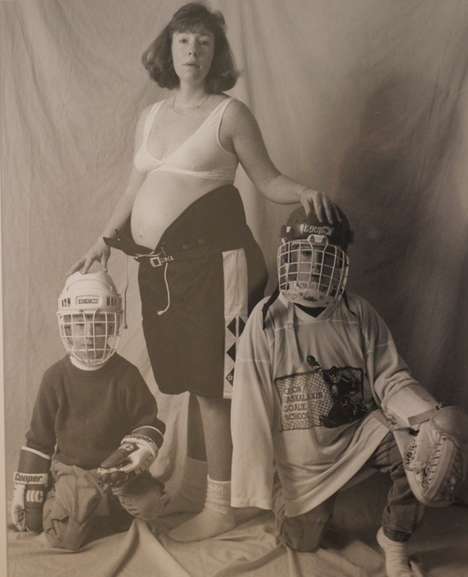Over at DadCentric, The Holmes wrote an appropriately pissed piece this week about the school budget crisis in Austin, where he lives:
Now the situation is looking downright grim. The State of Texas faces a budget shortfall of no less than $15 billion, a number so large that it doesn’t even seem real. People who study these things have calculated that you could close every prison in the state and still not close the gap. Every prison in Texas, y’all! And you know how we love us some prisons.
Of course, this spells trouble for school districts across the state. Here in Austin, the school district is looking down the barrel of a budget gap of $100 million. They’re talking layoffs of hundreds of employees. They’re talking school closures, and not just for poorly performing-schools. In short, they’re talking about major reductions in one of the most important government funded services in existence, reductions which have absolutely nothing to do with the quality of said service. Even schools that are doing a lot of things right are on the chopping block.
..
While I know there are amazing innovations happening quietly in classrooms all over the city, the ones we’ve been hearing the most about lately are being done with scissors and red ink. Cut, cut, slash.
I love that line, and he’s right. The most “amazing innovations” do seem to be in new ways to screw public education. It’s like the Kama Sutra of school-budget-slashing.
I was hoping to respond to his post a little earlier, but I didn’t get to in part because I was finishing a feature—in the new issue of Time Magazine, but not yet available online—about the very similar fecklessness of Arizona’s politics. That state faces a $2.1 billion deficit, which isn’t surprising or particularly unusual. What is unusual is the pledge of most of the leading politicians not to raise taxes no matter what.
This has left, of course, cuts, some of them truly ugly. In the educational arena alone, college counseling has been cut, dropout prevention programs slashed. All-day kindergarten is a thing of the past (just think what that does to working families, who suddenly have to pick up a child hours earlier each day, with no extra support for child care). All of this hitting a school system that was already one of the poorest-performing in the nation. It got ugly enough that the voters of Arizona actually went to the polls last year to raise taxes on themselves in order to fund education. For anyone familiar with California’s proposition system, the idea that the public would make mature decisions—the kind of tough choices their leaders are too afraid to make—at the ballot box is pretty stunning.
One education program hasn’t been touched, however: a program that gives income-tax breaks to any family who sends their kid to private school. That’s right: wealthy families who were sending their kids to private school anyway get a tax break for it, which means less money for the state’s general fund, and, by extension, for public schools.
I appreciate holding public schools accountable. And I am no Randi Weingarten acolyte. But one big problem with the education debate these days is that it is often very hard to tell who is in favor of shaping up the public school system and who just wants to blow it up.
While I was reporting on that piece, I was getting a very different bit of news back home. Having been stymied in our attempts to enroll Dalia in public pre-K last year (as we’ve talked about here before, Universal Pre-K is not quite Universal if there isn’t money for enough seats), we had to send her to private pre-K this year. It actually worked out great—we love the school, the teachers, the parents, the administration. The price tag was manageable, in part because we were given help by the school. But while I was working on the Arizona reporting, we got word that, if we were going to try to enroll our son in preschool, there wouldn’t be any financial aid. And tuition, in a delightfully countercyclical fashion, has gone up yet again. The price tag: $31,000 for preschool, almost three times what we paid this year for our daughter.
$31,000 for preschool.
I know–it’s a private school in Manhattan, a town that somehow still has obscene firehoses of wealth that wash away the rest of us. And we are thrilled to be sending our daughter to public kindergarten next year (although there was a waitlist at our zoned elementary last year). But where does that leave our younger kid? He’s a preschooler. He wants school, he’s ready for it. We can’t afford a fulltime babysitter much longer, so we’re ready for a school for him, too. But there’s no public option, except for the low-income families who are under the very needed umbrella of New York’s Administration for Child Services.
We found a Montessori school that seems to have less usurious rates. I hope it takes him in. But I have a feeling that throughout this city, this state, and this country, there are a lot of families going through different versions of this: how do we find the money to be able to work and have our kids looked after and educated? I suspect things will work out over here, after a little hustling. And most people probably patch together solutions. But as our own individual little dramas solve themselves, it’s still worth asking: why don’t we solve all of them once and for all? Recognize that families are facing impossible decisions. Make early childhood education a priority. Make it available, affordable. I’ll pay more taxes if that’s what it takes. Beats the hell out of paying $31,000.



